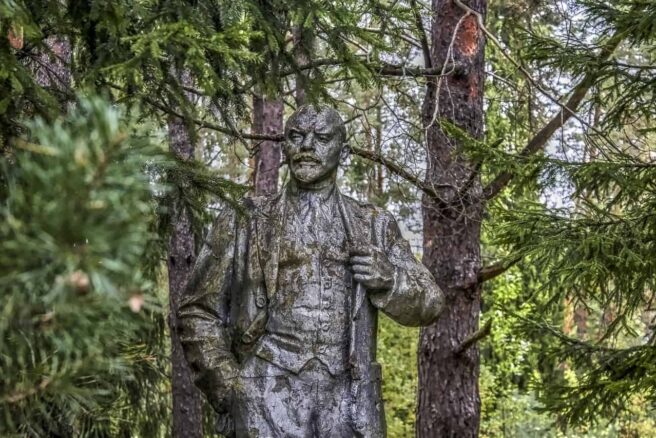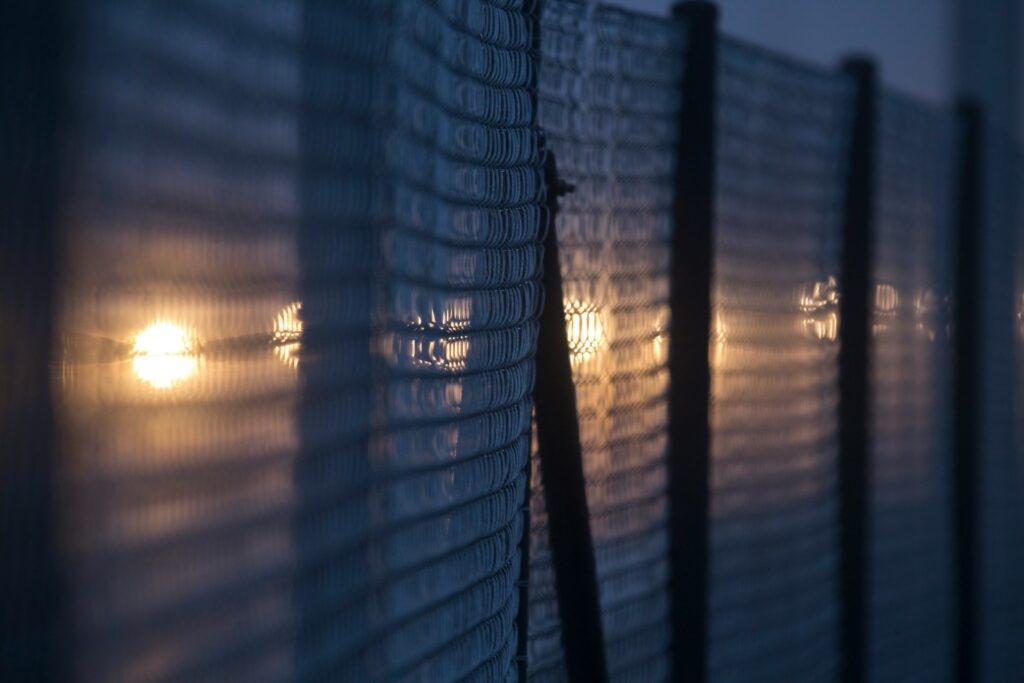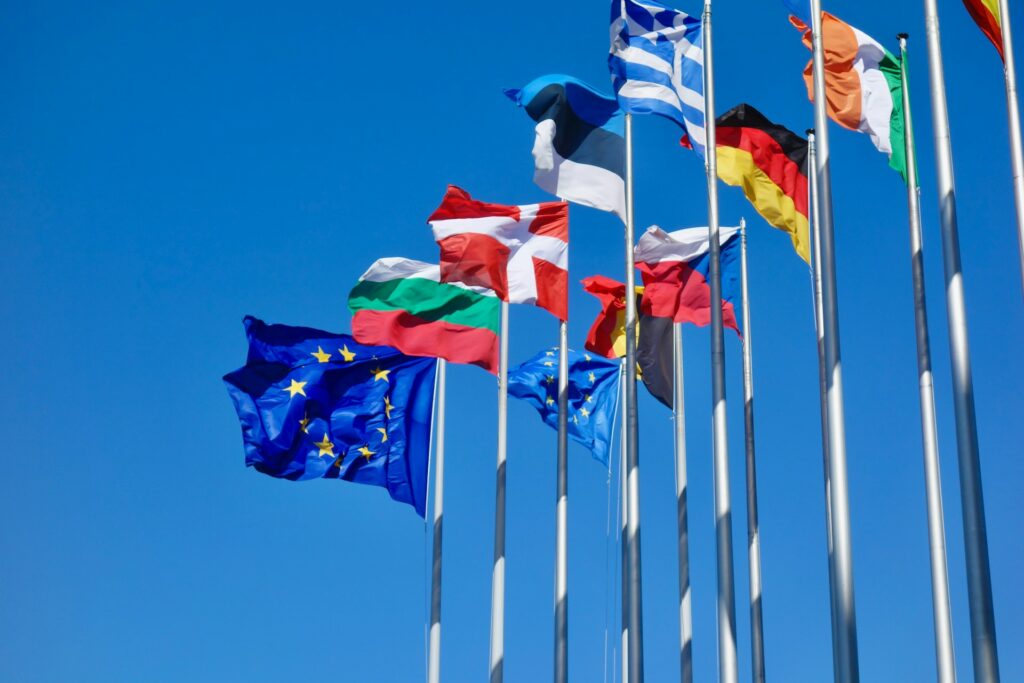Both violent and sanctioned destruction of monuments as symbols of an oppressive regime has been a powerful tool of preparing space for prospective political changes. Finland, the Baltic states and multiple countries of the post-Soviet realm have undergone explicit process of visual ‘de-colonization’, where construction of new postcolonial narrative has taken place on the pedestals of the fallen statues. This article addresses versatility of civic stands in relation to development and implementation of ‘decommunization’ policies in post-Euromaidan Ukraine.
“Lenin Lives, Lenin Lived, Lenin will Live.” (“Komsomolskaya,” March 31, 1924, V. Mayakovsky)
An overthrow of the monument of Lenin in Kyiv on December 8th, 2013 was one of the culminating moments of the Euromaidan Revolution, followed by hundreds of communist symbols that were taken down by far-right extremists, politically active minority groups and state-coordinated officials.
As in most parts of Central and Eastern Europe, the so-called “Leninfall” of Ukraine laid foundation for extensive policy of decommunization, which marked a notable step towards democratic transitioning and, at the same time, raised ground questions on methodology of “pro-European” reforms.
The so-called “Leninfall” of Ukraine laid foundation for extensive policy of decommunization.
This potent purge of the communist symbols, the “Leninfall”, has been continuously captured by various means of media, photography and political art. Commencing with violent toppling of the central monument of Lenin in Kyiv, it has expanded into abrupt policy of the “2015 Decommunization laws” that seized Ukraine in the form of renaming of thousands streets, squares and metro stations, and eradicating of all signs of the communist heritage as such.
Since the Euromaidan Revolution, framing of the “Leninfall” as an integral part of the decommunization process has been adjuvant for the discussion of national identity formation and a “pro-European” transition of Ukraine. Within such narrative, disclosure of wider political meanings and contents of the phenomenon is needed.
Raising key questions on the Ukrainian ‘Leninfall’
What groups support or object ‘decommunization’ in different regions of Ukraine and, importantly, what does the form of removal of the symbol indicate about socio-political preferences of the population? What is its relation to the past, present and pro-European future?
If numerous episodes of vandalistic removal of communist statues have been recorded in different regions of Ukraine, is it germane to continue calling the phenomenon “chaotic”? Or could one go so far as to define it as “systematic?” If so, what potential do discursive articulations hold for specific policies (or the absence thereof) in Ukraine and broader post-Soviet space?
Could it be argued that massive decommunization of post-Euromaidan Ukraine is a notable step of democratic transitioning?
Finally, using the “Leninfall” as one of the examples of visual political transformation of public space, could it be argued that massive decommunization of post-Euromaidan Ukraine is a notable step of democratic transitioning? Or as the representative of Kyiv urban planning committee, Anna Bondar, stated in her interview to Sebastien Gobert, “[the public is still witnessing] implementation of decommunization with communist methods,” which makes her say that “[people’s] mentalities and practices will not change any time soon.”
Infeasibility of the black-and-white, ‘West versus East’ approach
Multiple images of the toppled statues, such as those of the pedestal of “central” Lenin in Kyiv and other cities of Ukraine, may seem like a canvas of continuous expression of openly anti-Soviet rhetoric. However, extensive interviews conducted with civic activists, government officials and ordinary citizens, who witnessed the overthrow of the statues, illustrate an integrally different picture.
Primarily, the black-and-white division of Ukraine into political regions is delusive. Traditional stereotypes such as the one of “Ukrainian-speaking intelligentsia from Lviv (western Ukraine) being devoted supporters of decommunization,” or, in contrast, “Russian-speaking factory workers from eastern Ukraine massively supporting the ‘Leninfall’” is amiss.
A holder of the Ukrainian flag or a shirt can be Russian speaking, remain respectful of the communist past, and, at the same time, be willing to sacrifice his or her life for territorial integrity and independence of Ukraine. Vice versa also applies.
Implementation of ‘Decommunization’ laws
When it comes to evaluation of implementation of decommunization laws, Ukraine’s “Leninfall” story is not as efficient and “European” as that of Momento Park in Hungary or Grūtas Park in Lithuania. However, regardless of one’s pro-Soviet or anti-communist stands, an increasing number of Ukrainians are denoting support for the creation of new “Totalitarianism Museums,” at both the regional and national level.
At the same time, the inability of the state-apparatus to institutionalize change, to not only pass but to also track the implementation of decommunization laws as such, and toppling of Soviet symbols in particular, is eminently troubling.
In all major cities of Ukraine, a high number of monuments have been demolished during the first months of spontaneous decommunization. In Volodymyr Viatrovych’s words, “it is obvious that, as part of this process, a number of statues that might have had artistic value were destroyed.”
At the regional level, political loyalty of acting authorities to symbols of the communist regime seems to remain strong. In eastern parts of Ukraine, where the percentage of adherents of the Soviet past is still notably high, retraction of decommunization is also one of the means of winning political votes.
The alarming tendencies of the state
Besides unraveling the extensive dilemma of what to do with the toppled statues, the “Leninfall” of Ukraine adjoins the alarming phenomenon of detachment of city administration from its politically active population. In her interview to Niels Ackermann and Gobert, the curator of Art Projects of Izolyatsia Foundation in Kyiv, Yevgenia Moliar, is pointing at vexatious state ideology “that condemns any form of criticism.”
As such, the phenomenon of decommunization turns into a risky civic procedure, as it demands spontaneous institutionalization of the citizens’ cultural and political identity within a state involved in ongoing warfare.
As a collective performative action, “the “Leninfall” is an excursive, euphoric, depersonalized condition that triggered effusion of highly diverse political, cultural and economic pothole of the Ukrainian state,” argue Nickermann and Gobert in their book Looking for Lenin (2017).
Destruction of communist symbols is also one of the means of demand for immediate change. It is the original act of revenge of Us in the present versus Them in the Past (the Soviet oppressor) and Them in the present (both Yanukovych and Putin regimes).
Multivocality of the Ukrainian ‘Decommunization’
Just as no single, prevailing method of the removal of communist statues in Ukraine could be identified, so too has no common narrative yet been developed as to object (or justify) decommunization.
The factors that promote (or delay) the de-Sovietization process are also rather multiple and vary from the government officials’ political preferences to personal civic stands of ordinary citizens.
The Leninfall and the process of decommunization as such is one of the most extensive administrative reforms of modern Ukrainian state that illuminates remote division of the country’s civic strata.
The Leninfall and the process of decommunization as such is one of the most extensive administrative reforms of modern Ukrainian state that illuminates remote division of the country’s civic strata. Such fragmentation, however, should be seen as a rather positive socio-political development, as it finally unravels key elements of a truly democratic state—multivocality, open political expression, and versatility of the country’s population.
Four years down the Euromaidan Revolution, Ukraine stands strong in claiming to progress towards the West. Within such stance, could it be argued that Ukraine is demolishing ‘communism’ using old communist methods of limiting freedom of speech? And, of equal importance, since no design has yet been agreed upon for a permanent replacement of Soviet statues, what options does Ukraine have for filling the empty space of Lenin’s plinth?
These, as many more questions on effectiveness, objectives and modes of decommunization of the post-Soviet space remain open. Meanwhile, the discussion continues.
Anna Kutkina is a PhD candidate of the University of Helsinki and a Doctoral member of the Aleksanteri Institute conducting research on socio-political developments of post-Euromaidan Ukraine.





